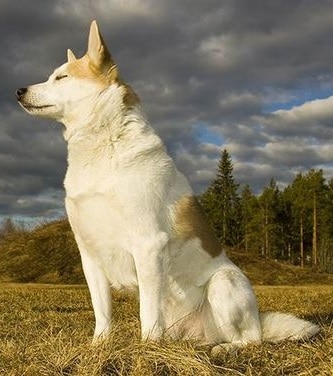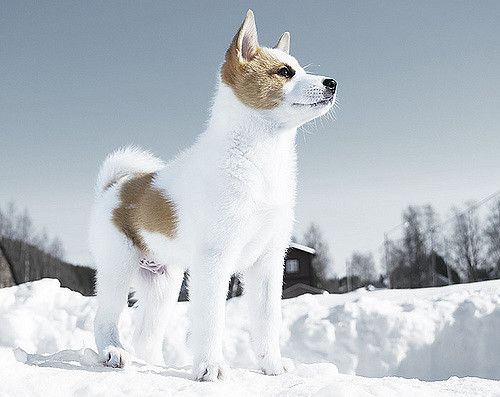Norrbottenspets
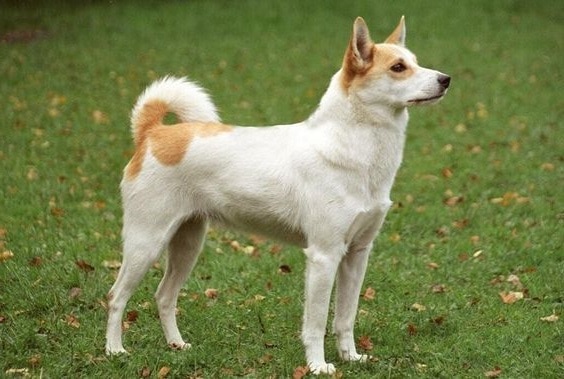
The Norrbottenspets has an enviable reputation as a service dog that can be trusted to be gentle with children and other pets. Considering that many other working breeds tend to be highly protective or easily prone to aggression, this dog is rather the exception to the rule. However, as with all dogs, this good-naturedness depends on how well they are socialized as puppies.
Table of Contents
Breed Information
| Another Name | Nordic Spitz, Norrbottenspitz, Pohjanpystykorva |
| Origin | Sweden |
| Height | Males 45-48 cm Females 42-45 cm |
| Weight | 12-15 kg |
| Fur | Medium length |
| Color | Brown and white, white and brown-padded, white and light |
| Lifespan | 12-15 years |
| FCI Classification | Spitz and primitive types |
| Group | Hunting dogs, guard dogs |
| Price | $700-1000 |
Breed Photos
Origin History
Officially, the Norrbottenspets is native to Sweden, but Norwegians hotly debate this. The latter claim that the earliest ancestors of Norrbottenspets came from Norway, and therefore they should claim the breed.
However, the Swedish counterargument is that in the seventeenth century, the Norwegians rejected dogs with white spots, similar to Scandinavian huskies, because of their coloring. The Swedes then adopted these dogs to create the Nordic Spitz. Whatever the right or wrong arguments, it is obvious that this breed has a long history.
The Norrbottenspets were hunting dogs and belonged mostly to people from the countryside. With modernization and the growth of urban life, the need for a hunting dog decreased, as did the breed number. The lowest rate for the breed was in the 1940s and 50s when so few puppies were registered that the Swedish Kennel Club closed the breeding book for Norrbottenspets.
But somehow, a sufficient number of dogs of this type survived until the 1960s, when a concerted effort by breeders led to the restoration of the breed to the new standard. About 100 puppies are now registered in Sweden each year.
Appearance
The Norrbottenspets is a Spitz-type dog with a distinctive fox face, pointed ears, and, of course, a thick, curly tail that is wrapped on its back. It is a small but muscular dog, built for endurance due to its working heritage.
The breed has sharp almond-shaped eyes and a black nose. Spitzes have short, thick double coats. Their coat, despite its thickness, should lie flat along the body. The Norrbottenspets is a white dog with red spots that form a mask on the face and ears’ sides. The overall impression is that it is a vigilant, intelligent little dog that can withstand cold weather.
Character
The Norrbottenspets has an enviable reputation as a service dog that can be trusted to be gentle with children and other pets. Considering that many other working breeds tend to be highly protective or easily prone to aggression, this dog is rather the exception to the rule. However, as with all dogs, this good-naturedness depends on how well they are socialized as puppies.
The Spitz is a dog that does not like solitude and loves the company of people. He feels happiest when he is included in a family group, and he gets pleasantly tired of lots of exercise and play. They can even get along with other pets, provided they were introduced to them as children and grew up in their presence.
Norrbottenspets want to be treated fairly, encouraged by reward-based training, and allowed to be their own loving and loyal self. Nevertheless, they can be independent-minded and a bit willful about training.
His only fault is his barking. When bored, the thoughts of northern spies turn to tell everyone how miserable they are. Either that, or they will stand and watch the street and bark at every passerby, bird, or speck of dust that comes into their sight.
Care
This short, double coat requires nothing from professional dog grooming. Regular weekly brushing will capture his loose hair and help avoid tangles. The exception is twice a year (spring and fall) when he goes through a full molt. It is a very heavy period when you will have to increase the frequency of combing to a daily routine (and groom him outdoors to keep indoor hair to a minimum).
Another rule of thumb that will benefit spitzes includes brushing daily, keeping track of claw length, and trimming the hair between the toes if it gets too long. They don’t even need regular bathing unless the dog gets very dirty during a walk.
Training
Sometimes independence is good for working dogs who need to make instant decisions without their owner by their side. This side of the Norrbottenspets heritage means that they can be too free-thinking by modern standards and difficult to train.
It does not mean that they are blatantly disobedient. The pet owner should be aware of this and be prepared to make an effort to train them, using reward-based methods with patience and determination.
Common Diseases
These Scandinavian huskies have very good health; they have excellent immunity and a hardy body. However, they can have esophagitis, a dangerous disease in which the esophagus’ mucosa becomes inflamed. Causes of this disease can be: eating hot food, foreign body in the esophagus, constant vomiting, infectious diseases. The dog refuses to eat and becomes very thin.
If you see a doctor in time, the disease is successfully cured. Also, some dogs of this breed have been found to have liver failure. In dogs, this disease can be treated if, of course, treatment is started in time. Be attentive to your pets. Do not forget to vaccinate them in good time. Be sure to visit your veterinarian for routine checkups.
Nutrition
Norrbottenspets should not be overfed; one or two meals a day is enough. After all, a hunting dog should be fit and brisk, not a lazily rolling barrel. If you want to treat your dog to something, it’s better to stock up on regular breadcrumbs. The dog’s diet should be nutritious, vegetables, meat, cottage cheese. But junk food like fatty pork, sweets, spicy and salty food should be avoided so that you can save your friend’s good mood, health, and excellent physical shape.
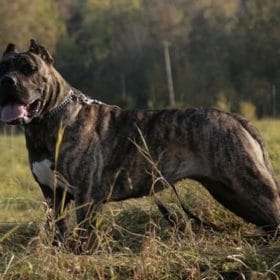 Presa Canario
Presa Canario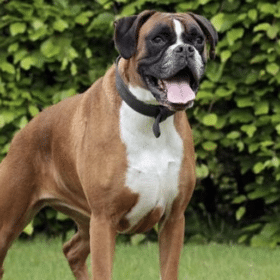 Boxer
Boxer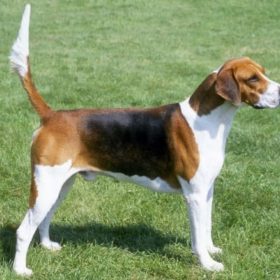 English Foxhound
English Foxhound Lapponian Herder
Lapponian Herder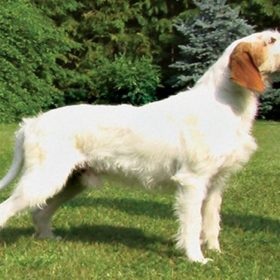 Istrian Coarse-haired Hound
Istrian Coarse-haired Hound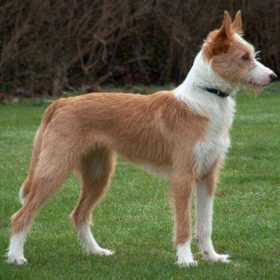 Portuguese Podengo
Portuguese Podengo